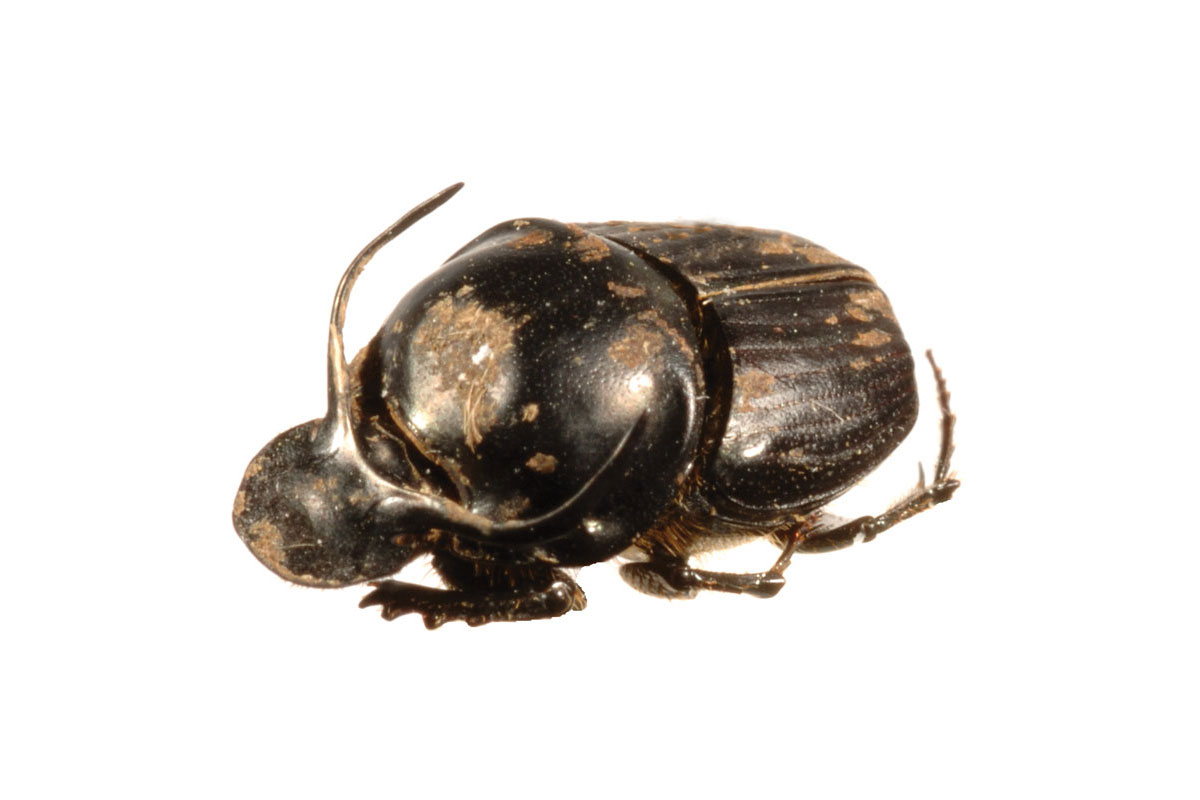

In 1788 European settlers introduced into Australia, 2 bulls, 7 cows and 44 sheep.
Fast forward to 2022, that number has grown to approximately 28 million head of cattle. If each head produces around 12 pats per day that’s a lot of dung.
Between 1968 to 1992, CSIRO released 43 introduced dung beetles from Hawaii, Europe, Asia and Africa, with 23 species established in different locations around Australia.
While Australia has 500 native dung beetles, the natives prefer to feed on marsupial dung and never evolve to remove the larger cow pats which has become a big problem.
Dung beetles increase soil aeration and aid in water filtration, reduce manure runoff into waterways, clean pastures and aid in pest and parasite suppression as well as interrupting the fly life cycles by removing cow pats before the fly larvae can complete its lifecycle.
There are 3 types of dung beetles, dwellers that dwell inside the cow pat and raise their young, tunnellers that dig tunnels and lay their eggs in brood balls under the cow pat, and rollers, which roll manure into a ball and roll it away before laying eggs inside.


It has been twelve months since we started our new project, boosting dung beetles to benefit farmers and the environment.
We began our journey in August 2021, to identify which introduced species have remained in our area. We set dung beetle water traps over a 300-kilometer stretch, starting at Cooroy, heading north to Tiaro, and finishing in Kilkivan, and returned 24 hours later, to identify each species, retain a sample of each beetle and release the remaining beetles back into the environment.
In some traps we caught up to 9 different introduced species and a few natives.
Over the next twelve months we hope to establish dung beetle nurseries around the region to boost populations.
In March this year, Gympie & District Landcare hosted our second Dung Beetle workshop, and I was fortunate enough to be invited to attend the Regenerative Rangelands forum at Longreach to talk about the benefits of dung beetles.
We hope to host or attend many more in the future to help eductae and spread awareness of these fascinating beetles.
Yvonne Hennell
Biological Services Manager
Did you know? The Onthophagus taurus can lift 1141 his own body weight and that some dung beetles navigate their way using the sun, moon, or milky way? Most dung beetles fly to dung, but the native Onthophagus parvus beetle has strong claws for grasping the fur of wallabies. They hang around the wallaby’s anus and wait for emerging pellets.
[one-third-first]


[/one-third-first]
[one-third]


[/one-third]
[one-third]


[/one-third]
